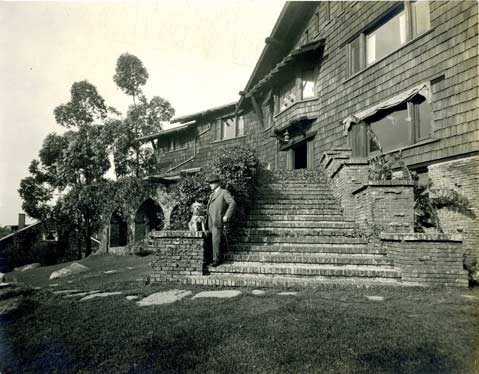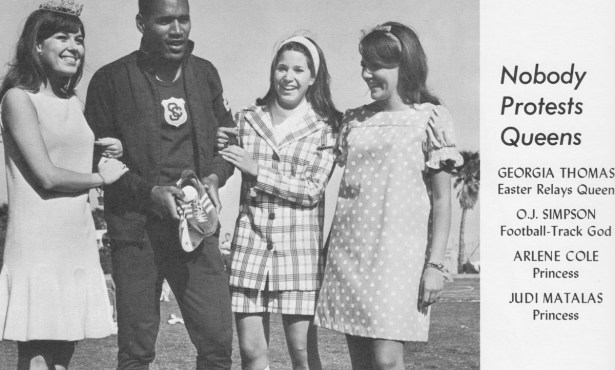I would like to know about Nathan Bentz. —Chris Agliotti
Santa Barbara Antique Seller Found Success with Asian Art

For some 50 years, Nathan Bentz was a major figure in the cultural life of Santa Barbara. A collector and connoisseur of Asian art, Bentz built a business international in scope. He also built a home that today is considered one of the city’s architectural gems.
Bentz was born and raised in upstate New York. After spending a short time in South Dakota, he settled in San Francisco in 1881. He first dabbled in the real estate business and then began an apprenticeship with Horace Fletcher. Fletcher was one of San Francisco’s most distinguished antiques dealers, specializing in Japanese items. He had also earned nationwide acclaim as a dietician with his famous Fletcher Cure and Diet.
Bentz spent 10 years with Fletcher, soaking up his knowledge and experience, before striking out on his own by relocating to Santa Barbara in 1891. In 1892, he opened his first antiques store at 1229 State Street. Henry Chapman Ford, Santa Barbara’s first significant painter, also had a studio in this building during the last years of his life.
In 1912, Bentz moved his business to 1236 State Street, and here it would remain until closing for good in 1945. Bentz selected well, for in the 1300 block of State Street stood the Arlington Hotel, Santa Barbara’s premiere and, until the Potter Hotel opened in 1903, only luxury hostelry. The hotel’s wealthy patrons were a natural clientele for Bentz’s offerings of fine Asian art goods.
In the early years, Asian art and artifacts were somewhat hard to come by, and Bentz often had to purchase his wares through other American dealers or use European dealers as middlemen. In 1896, Bentz made his first buying trip overseas, to China and Japan, and these journeys became almost yearly affairs. This was rather remarkable for an era when travel by steamship was the only way to cross the Pacific. Bentz also traveled extensively throughout Europe in his buying quests.
He often returned with one-of-a-kind treasures. In 1911, the local newspaper described a collection of Japanese art gems valued at almost $70,000 that Bentz brought back with him. Success in Santa Barbara allowed him, in partnership with his brother Philip, to open stores in Los Angeles and San Francisco. Bentz developed an international reputation as an expert in Asian art and artifacts, especially porcelain, with buyers and contacts in Europe, Asia, and the U.S.
In spring 1911, Bentz paid local contractor Isaac Hardy $5,000 to build a two-story home on the Riviera. Bentz selected brothers Charles and Henry Greene of Pasadena to design the home. The brothers were among the finest practitioners of the Arts and Crafts architectural style. Probably their best-known work is the David Gamble house in Pasadena. Bentz was aware of the Greenes’ work through his brother, John, who knew them. Bentz was intrigued by their use of Asian elements in their designs. The house, on Prospect Avenue, is the only Greene and Greene building in Santa Barbara and is one of the city’s finest examples of Craftsman architecture.
Bentz’s store weathered the disruptions of the Great Depression and World War II. He died suddenly of a heart attack in 1943, and Philip came down from San Francisco to run the Santa Barbara operation for two years before permanently closing up shop. Nathan Bentz had passed from the scene just as the war and its aftermath were irrevocably changing the nature of the business in which he had been such a success.



